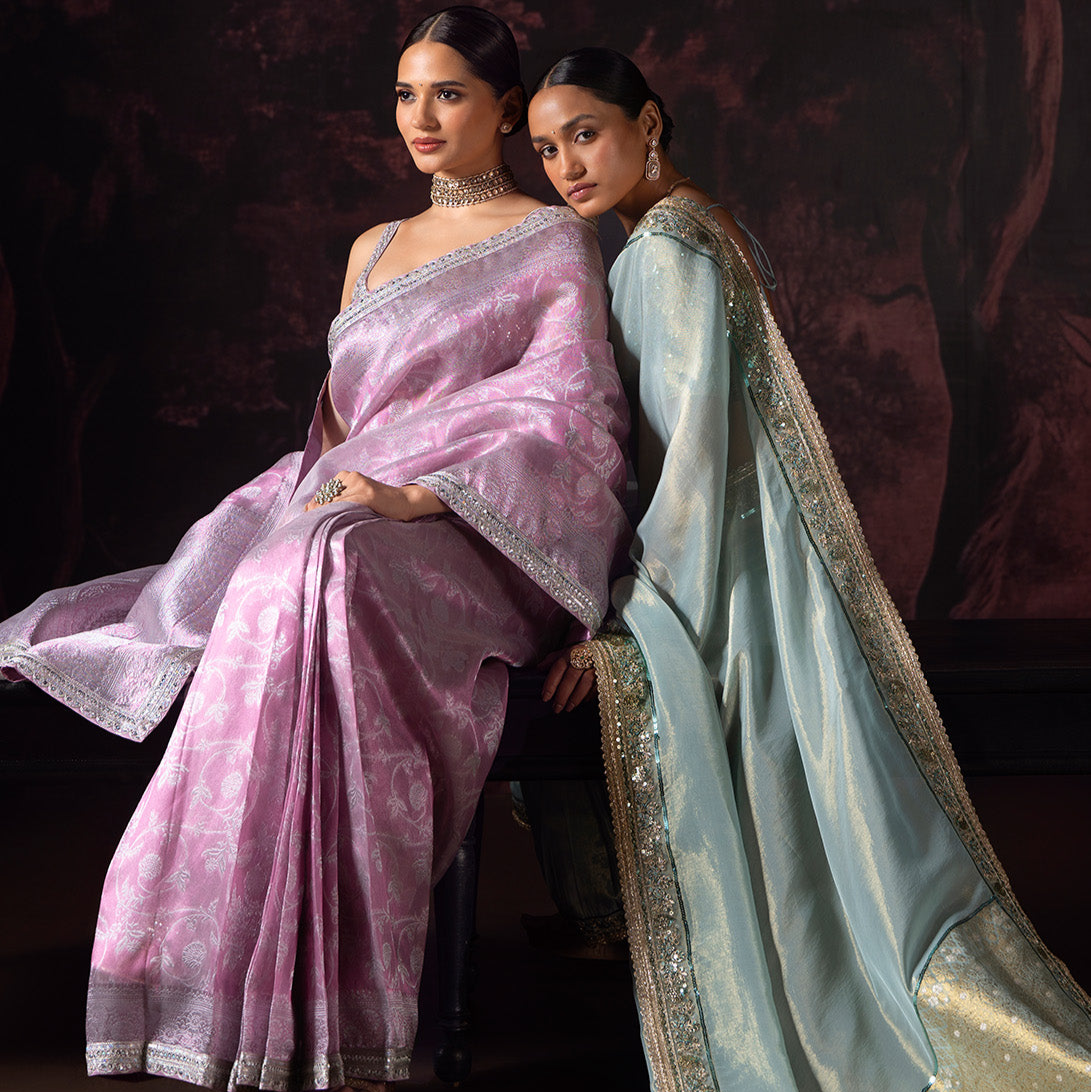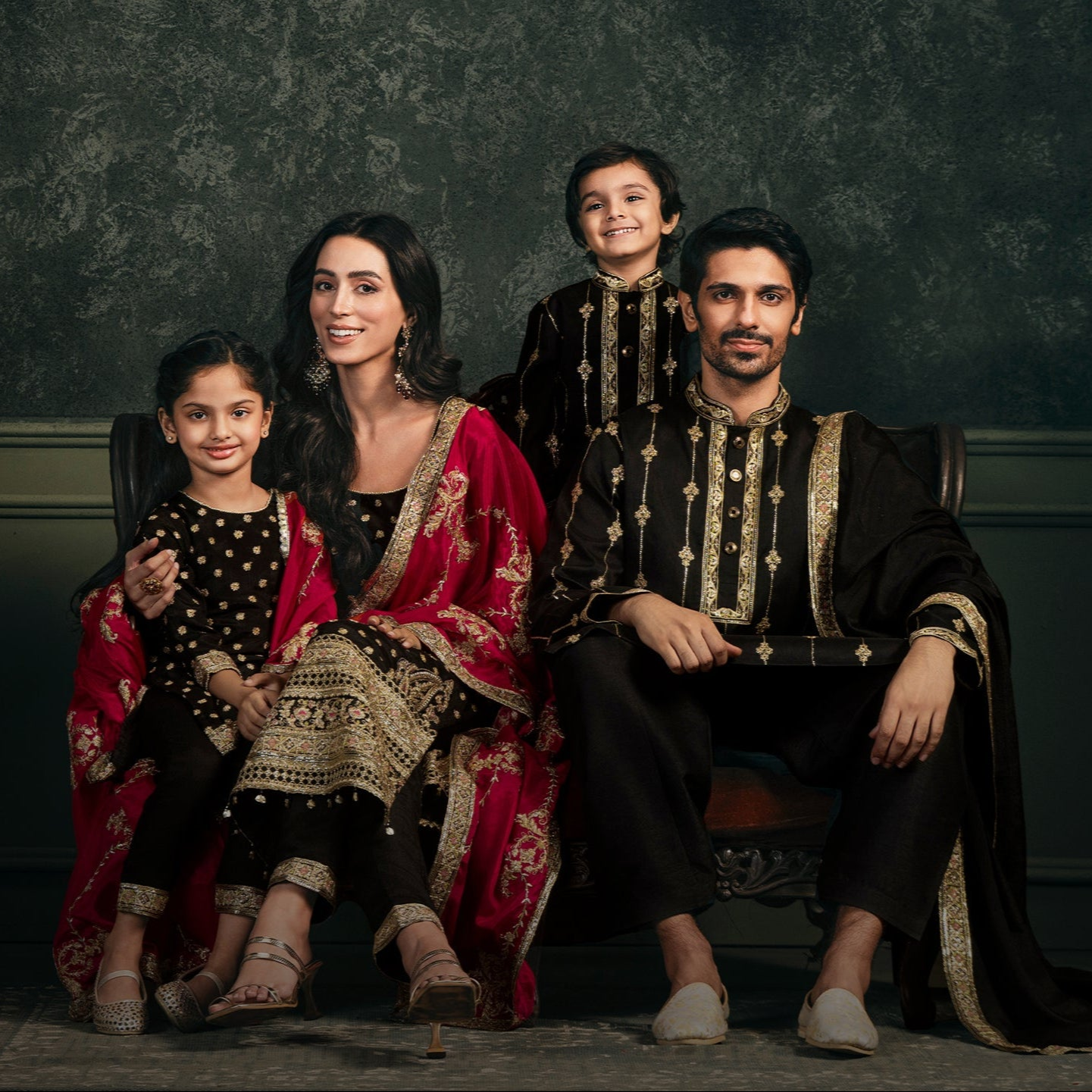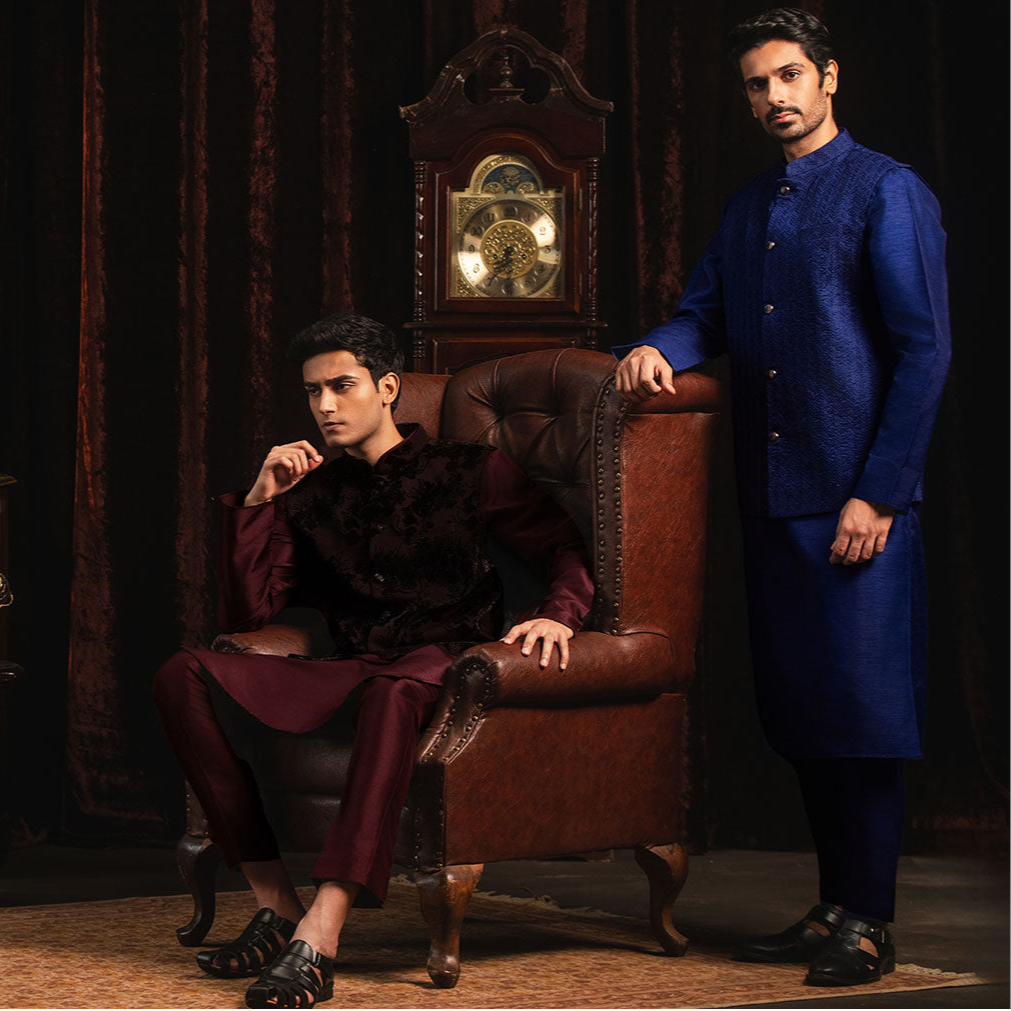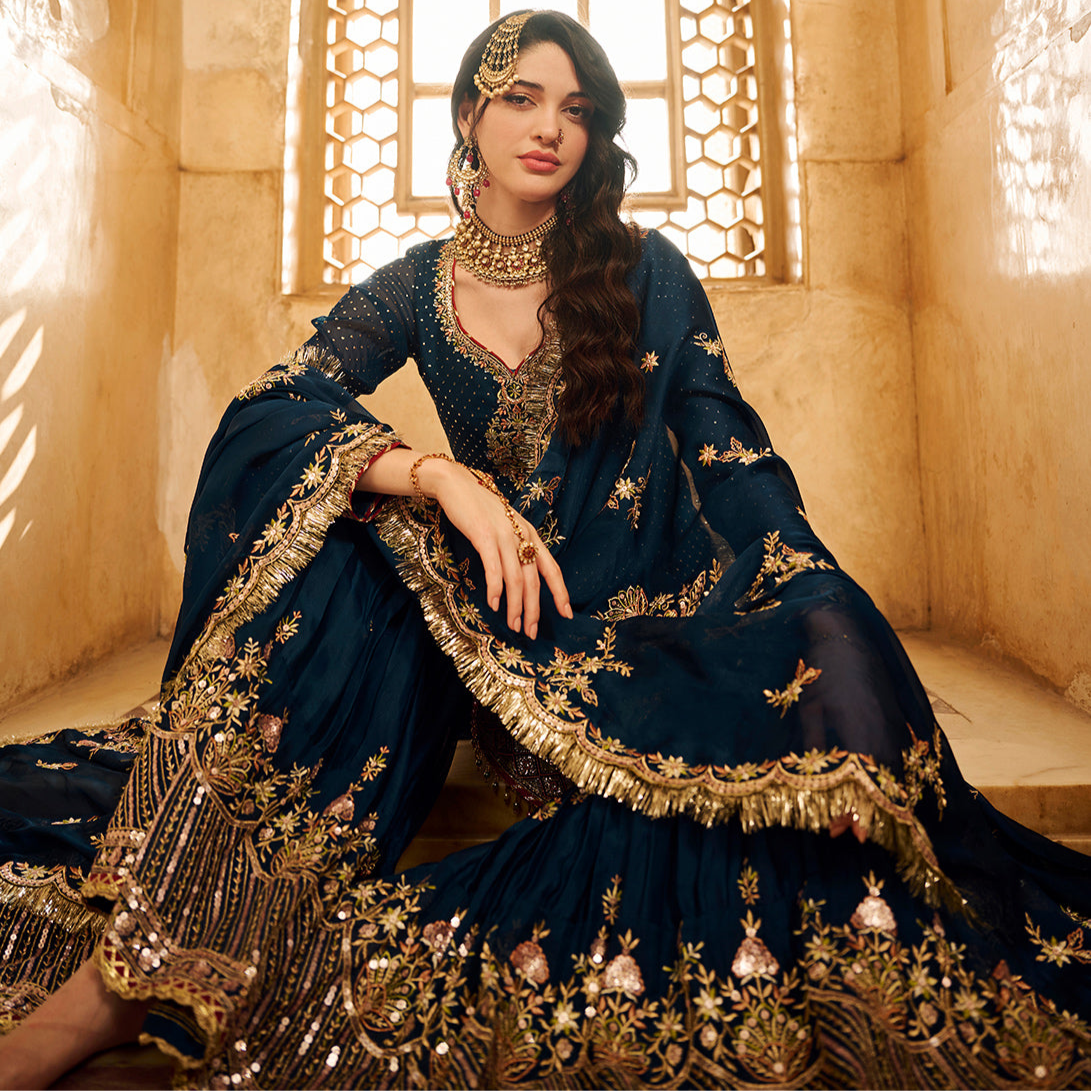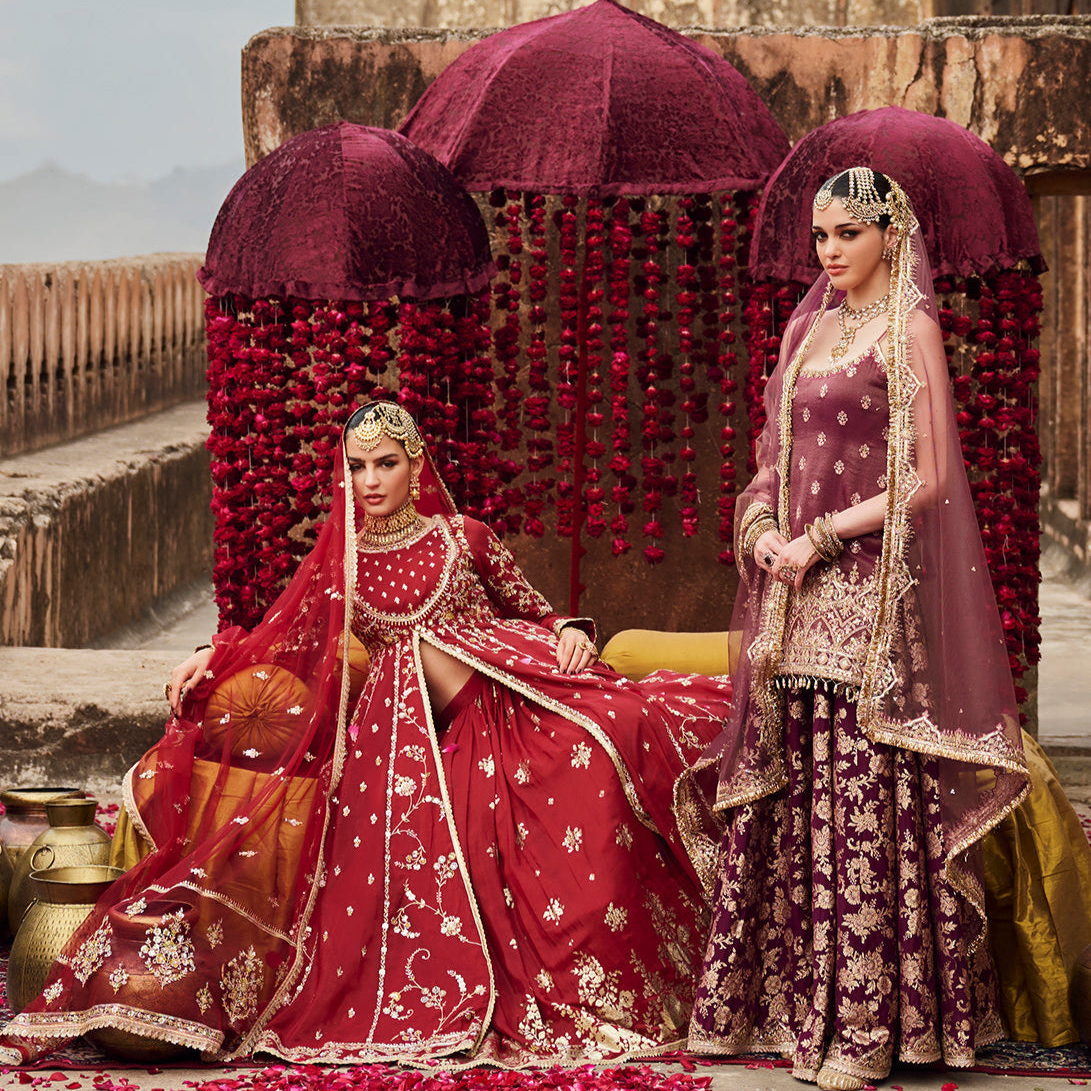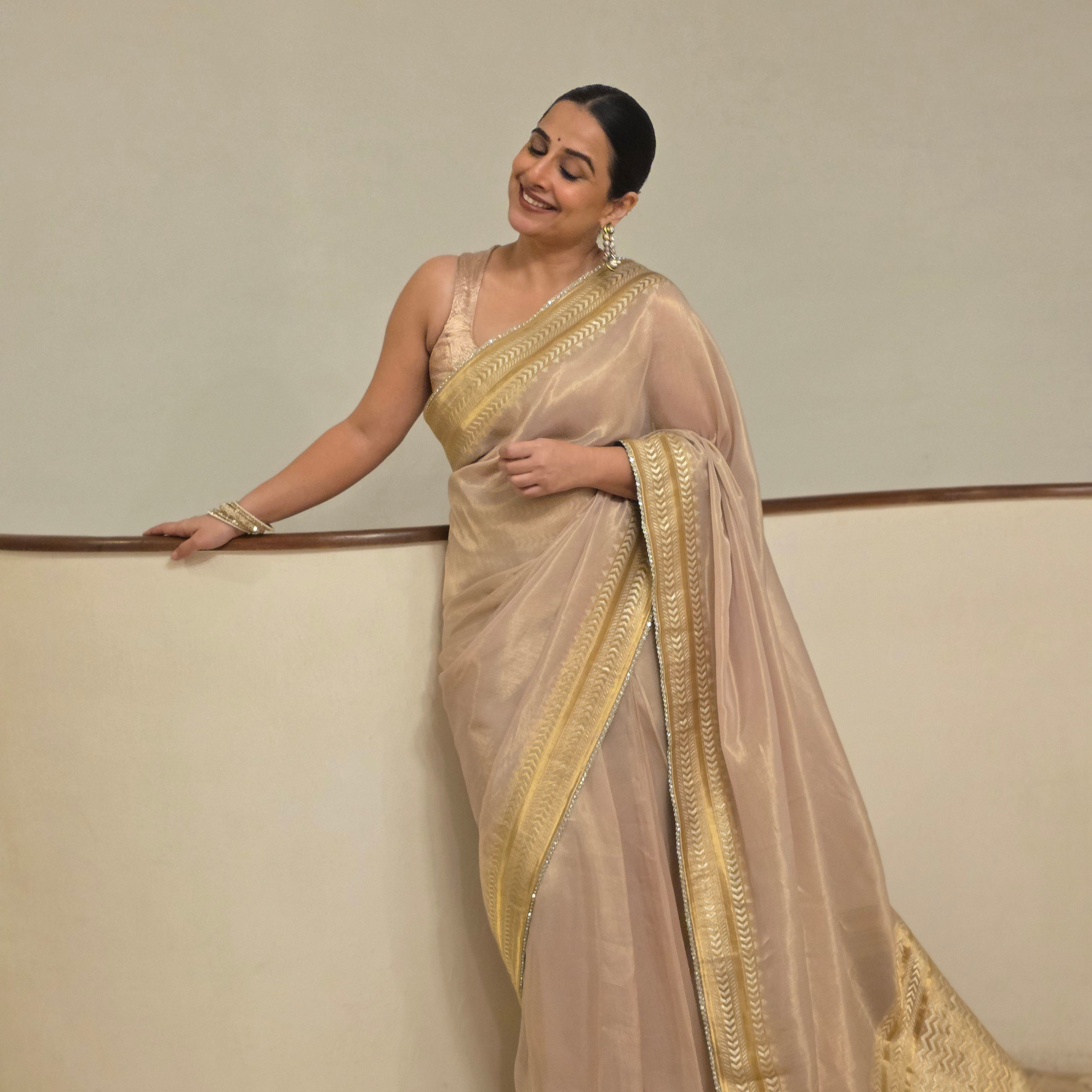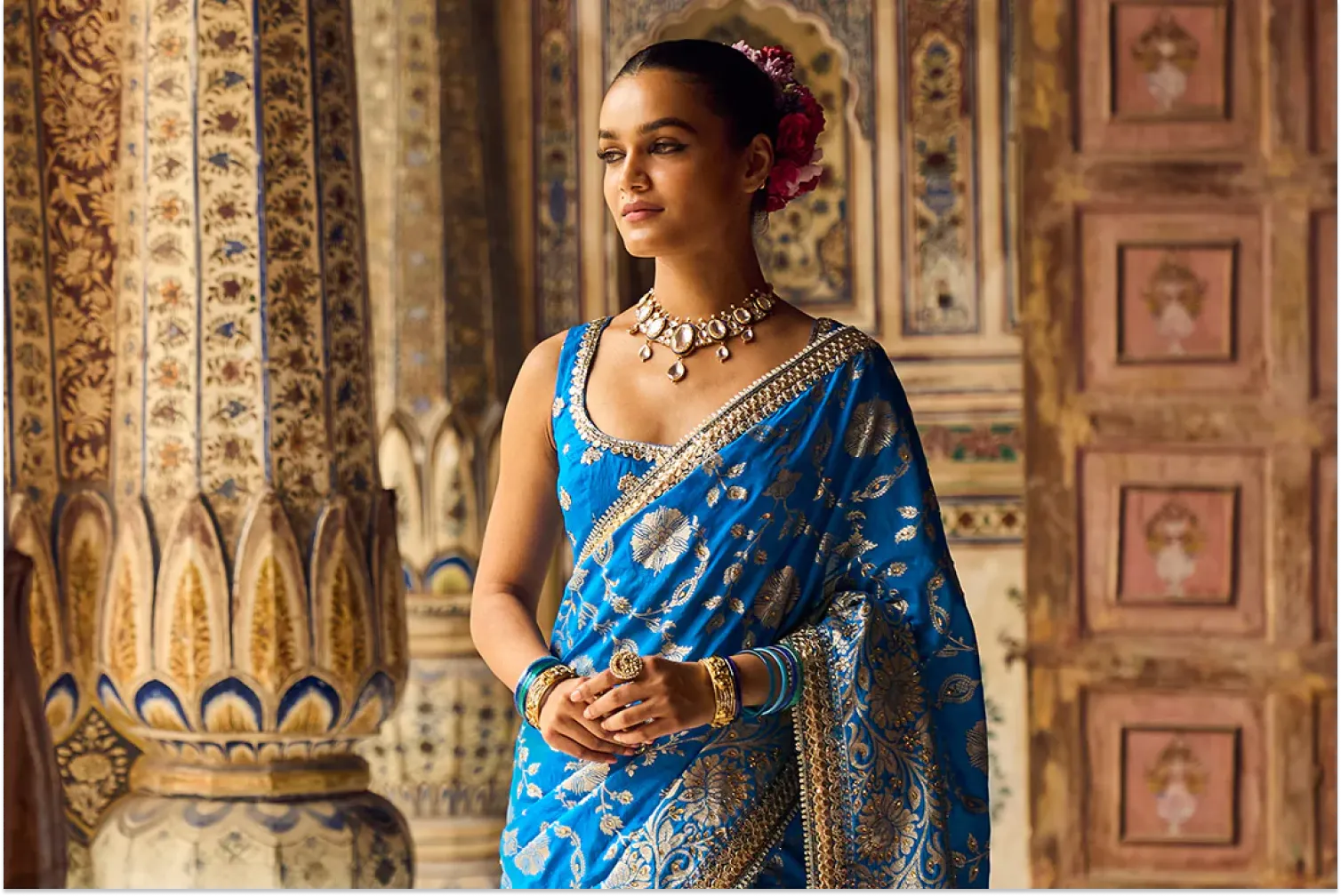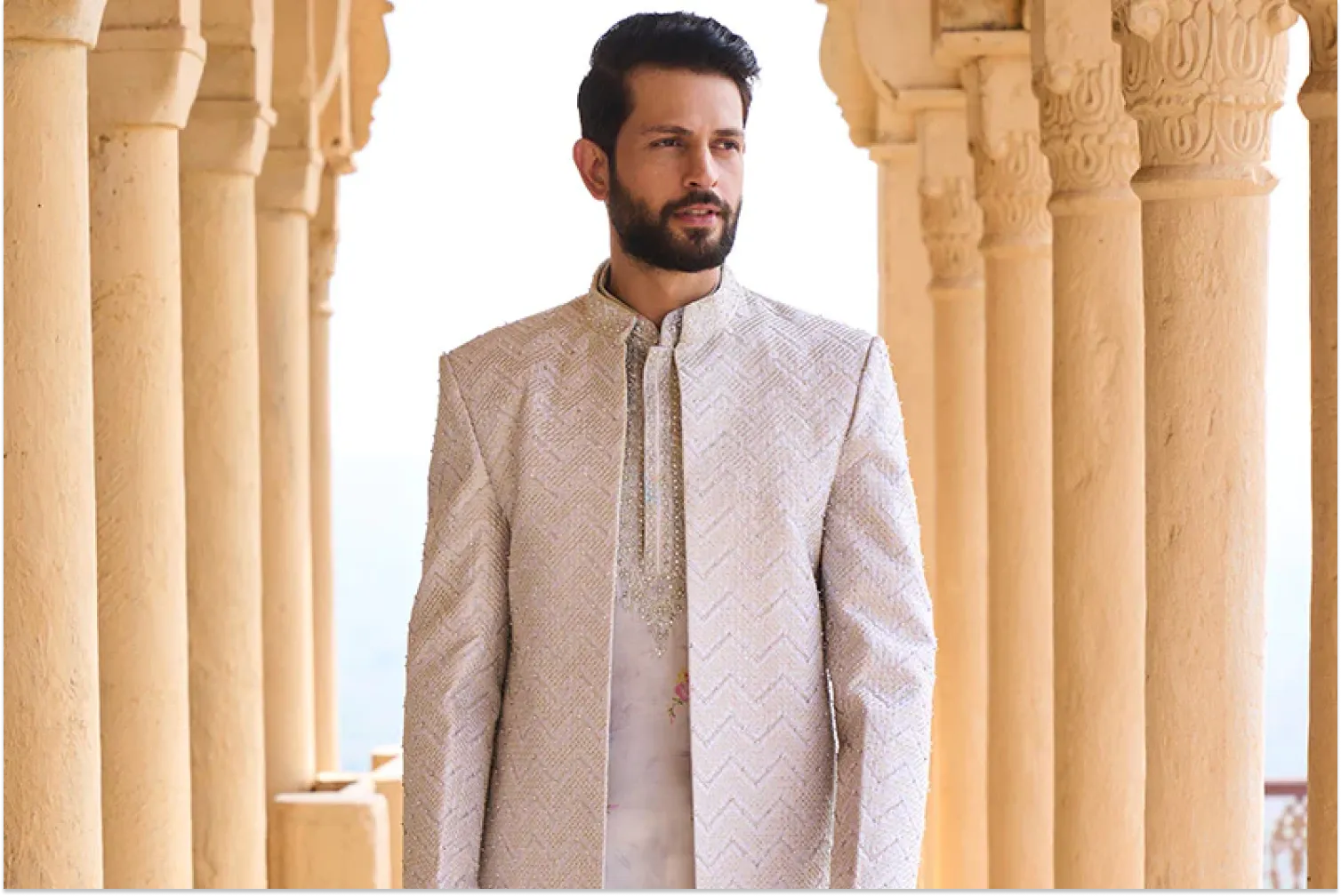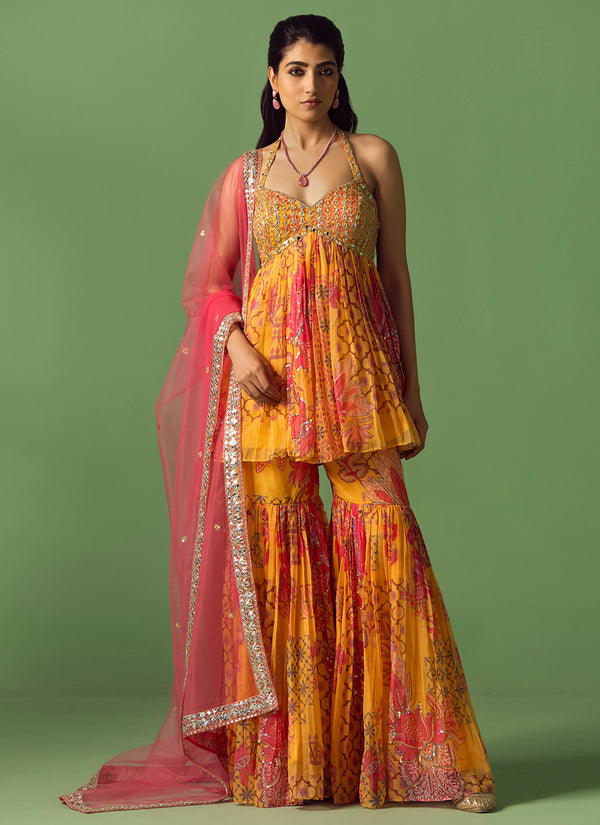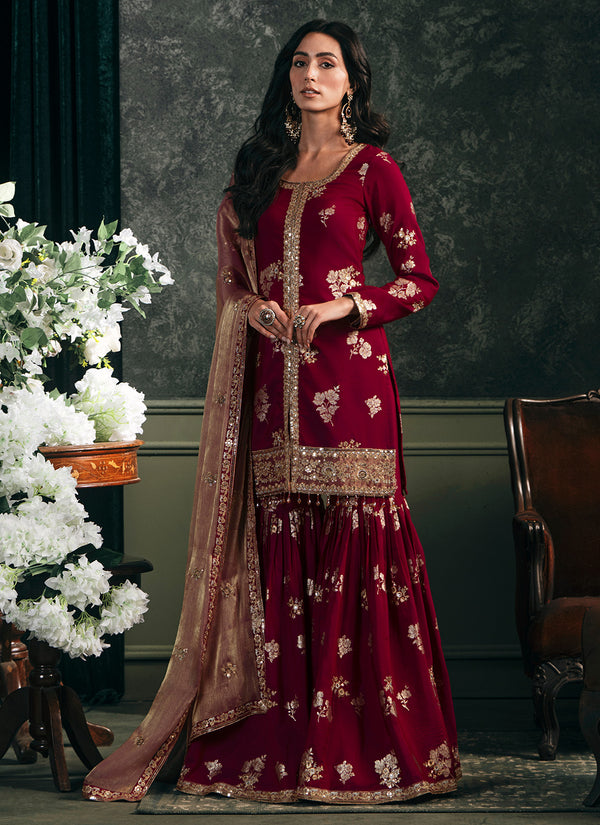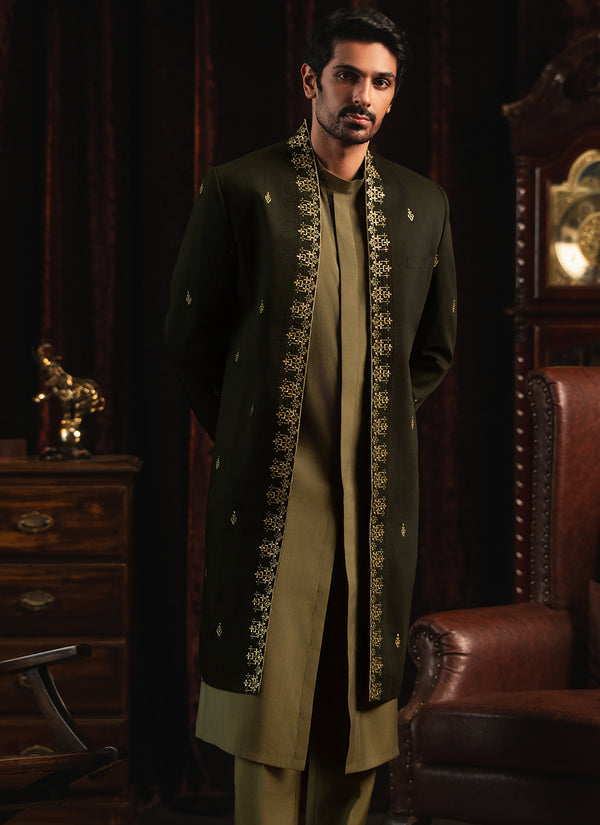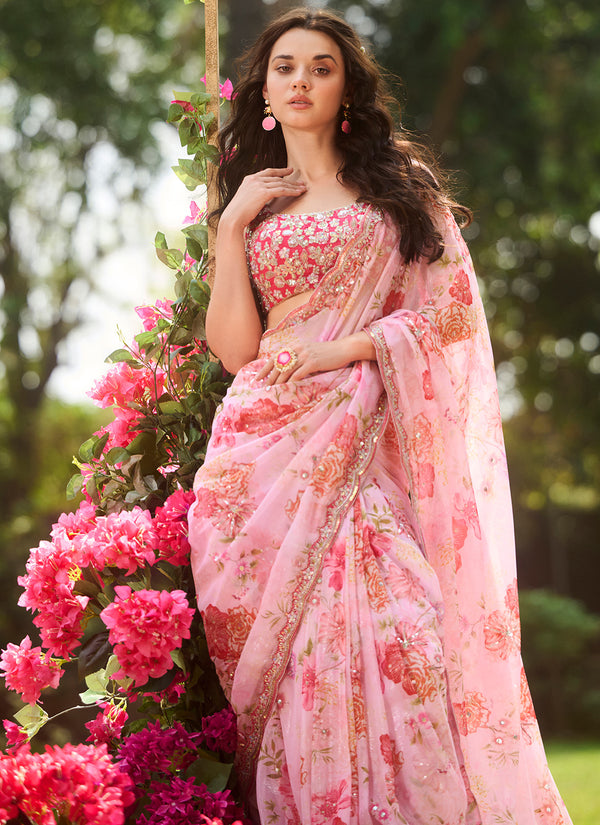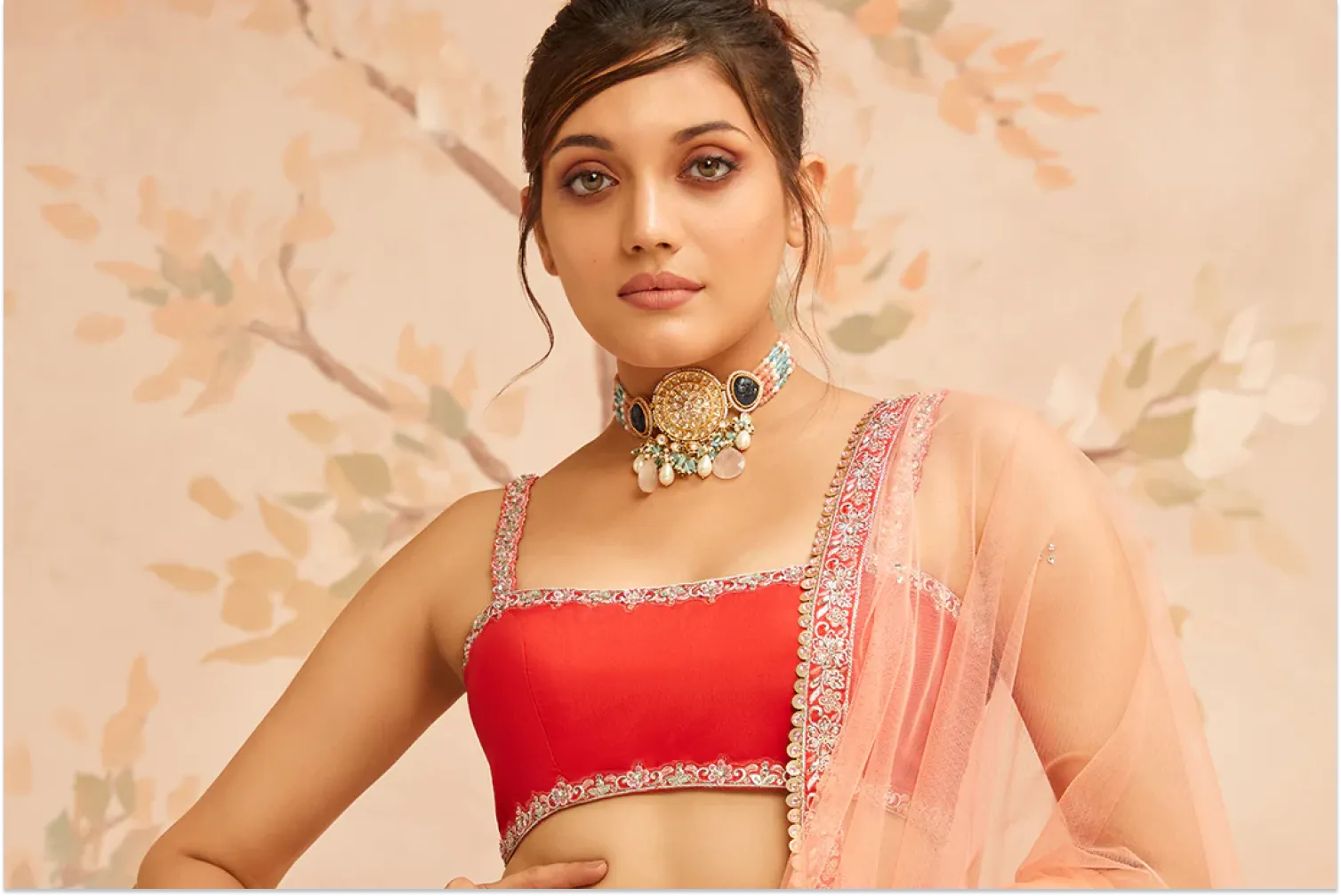
What is Teej Festival & What Do You Wear?
Teej is a traditional Hindu festival celebrated primarily by women in various parts of India, especially in the northern and western regions. The festival holds significant cultural and religious importance and is dedicated to the worship of Lord Shiva and Goddess Parvati. It is not only a religious festival but also a celebration of the vibrant culture and traditions of the region. It provides an opportunity for women to come together, bond, and pray for the happiness and prosperity of their families.
What is Teej and how is it celebrated?
While it is primarily a women’s festival, men also participate in the celebrations, supporting their wives, sisters, and daughters. Teej is celebrated with great enthusiasm, devotion, and traditional customs in various parts of India, but the way it is celebrated can vary from one region to another. Some common customs and practices include fasting, a central aspect of Teej celebrations, particularly for women. Married women and unmarried girls fast on this day, refraining from consuming food and water from sunrise to moonrise. This fast is observed as a mark of devotion and to seek the blessings of Lord Shiva and Goddess Parvati for a happy and long-lasting marital life.
The sartorial choices for this festival are vibrant traditional attires, often choosing green outfits as green is considered an auspicious color for Teej. Colorful sarees or lehengas are adorned with traditional jewelry, including bangles, earrings, necklaces, and mehndi (henna) on their hands and feet. Believe it or not, swings are an integral part of Teej celebrations, especially during Hariyali Teej. Women and girls decorate swings with flowers and leaves and take turns swinging on them. The act of swinging is often accompanied by traditional Teej songs and dances. As the festival brings communities together and allows women to express their devotion, creativity, and sisterhood, it is celebrated with a lot of enthusiasm and dressing up is an integral part.
Traditional Indian Attire for Teej Festival
Women opt for traditional styles like lehenga, saree or suit. A lehenga choli is a popular choice for Teej. It consists of a flared skirt (lehenga) paired with a blouse (choli) and a matching or contrasting dupatta. Bright and vibrant colors, such as green, red, and yellow, are often preferred. Many women also opt for a traditional saree during Teej. A saree is a six to nine-yard-long piece of fabric draped elegantly around the body. Brightly colored sarees with intricate designs and embellishments are a common choice.
If you want to keep it traditional but not go overboard, then Anarkali suits are a great option. Characterized by a long, flowing kurta-style top paired with fitted leggings or churidar pants, these suits are known for their graceful and elegant appearance, making them suitable for Teej celebrations. To accessorize, traditional jewelry plays a significant role in completing the look for Teej. This may include bangles, necklaces, earrings, maang tikka (forehead ornament), and anklets. The application of mehndi (henna) designs on hands and feet is a cherished Teej tradition. Women often choose intricate and elaborate mehndi patterns.
Men often wear a kurta (long tunic) paired with pajama (loose-fitting pants) for Teej celebrations. These outfits are comfortable and come in a range of colors and designs. For more formal Teej gatherings, men may choose to wear a sherwani. A sherwani is a long, buttoned-up coat-like garment worn over a kurta and churidar or pajama. It’s important to note that Teej is celebrated in various ways across different regions of India, and attire choices may vary accordingly. However, the common thread is the preference for bright and festive colors, intricate designs, and traditional jewelry. The choice of attire allows individuals to express their cultural heritage and participate in the joyous festivities of the Teej festival.
Draping Elegance with Ravishing Sarees
Sarees are a popular choice of attire for women during the Teej festival, and they come in various styles and designs. When selecting a saree for Teej, consider bright and vibrant colors, intricate patterns, and lightweight fabrics to stay comfortable during the celebrations.
Sarees such as Bandhani design, known for their tie-and-dye technique, are a traditional favorite for Teej. They come in various colors and patterns, often featuring bright shades of green, red, and yellow. Leheriya sarees are also considered festive.
Chiffon sarees are a lightweight and elegant choice for Teej. They drape beautifully and are available in a wide range of colors and designs. Similarly Georgette sarees are also lightweight and easy to drape. For a rich and regal look, opt for a silk saree. Fabrics like Banarasi, Kanjeevaram, and Mysore silk, are luxurious options for Teej, especially for more formal gatherings. These sarees are known for their rich colors and intricate woven patterns.
Lashkaraa’s best picks for Teej would be styles like the Red Embroidered Brocade Saree,Orange Embroidered Brocade Lehenga and Red Floral Printed Lehenga in absolute bright and festive colors. Other styles like the Green Floral Printed Lehenga is a stunning piece exuding timeless luxury and is crafted in exquisite upada silk, and adorned with masterful embroidery in thread, stone, print, zari, and handwork.
The Timeless Appeal of Salwar Kameez for Teej
Salwar kameez is a comfortable and stylish choice of attire for Teej festivities. When selecting a salwar kameez for Teej, consider bright and vibrant colors, lightweight fabrics, and traditional designs. Remember that Teej is a time for vibrant and lively colors, so don’t hesitate to embrace bold and festive shades. Additionally, ensure that your salwar kameez is comfortable and allows you to move freely, as Teej often involves dancing and other celebrations. Styles like Anarkali suits are a popular choice for Teej celebrations due to their graceful and flowy silhouette. Patiala suits are also a practical choice for Teej. Known for their loose-fitting pants and short kameez, they allow for easy movement. For a more contemporary look while still maintaining a traditional feel. Choose a straight-cut suit with traditional prints or embroidery.

